Serrated knives are indispensable in the kitchen, ideal for cutting through crusty bread, tomatoes, and other foods with tough exteriors and soft interiors. However, over time, even serrated blades can dull, making them less effective. Sharpening a serrated knife requires a different approach than sharpening a straight-edged blade.
What is a Serrated Knife?
A serrated knife is a type of knife with a blade that features a saw-like edge, consisting of sharp, jagged teeth. This design makes it especially effective for cutting through foods with a tough or hard exterior and a soft interior, such as bread, tomatoes, and citrus fruits. Serrated edges allow the knife to "grip" the surface of the food, providing clean cuts with minimal crushing or tearing.
Serrated knives retain their cutting ability longer than straight-edged knives and typically require sharpening less frequently. However, sharpening them can be more challenging and usually requires a specialized tool.

How Do you Sharpen a Serrated Knife?
Sharpening a serrated knife requires a different approach compared to sharpening a regular straight-edged knife. The primary goal is to maintain the teeth (serrations) and ensure they remain sharp. Here's how to sharpen a serrated knife:
Tools You Will Need:
Serrated knife sharpener (such as a sharpening rod, honing steel, or a specific serrated knife sharpener)
Diamond sharpening rod or ceramic rod (preferably with a round or oval shape to fit into the serrations)
Sharpening oil or water (optional, depending on the sharpening rod used)
Towel or cloth (to wipe the blade)
Use the Right Sharpening Tool
A round ceramic or diamond rod is ideal for serrated knives because it can fit inside the serrations. You can also use a specialized serrated knife sharpener that is designed to follow the contour of the teeth.

Locate the Knife’s Beveled Side:
Identify the beveled side of the serrated knife. This is the side with the angled edge that needs sharpening. The flat side does not require sharpening.
Carefully Run the Sharpening Rod Through Each Gullet:
Use a round sharpening rod (ceramic or diamond) that fits into the individual serrations. Insert the rod into each gullet (the groove between the teeth) and gently run it through, following the curve of the serration. Repeat for each gullet, working through the entire blade.
Remove the Burrs:
After sharpening the serrations, you may notice small burrs (metal fragments) on the flat side of the blade. To remove these, use a fine sharpening stone or honing rod to lightly polish the flat side of the blade, ensuring a clean, smooth finish.
Tips:
- Take Your Time: Serrated knives have multiple teeth, and each one must be sharpened individually. It can be a time-consuming process, but it’s worth the effort for a sharp, functional knife.
- Avoid Over-Sharpening: Since serrated knives typically retain their edge longer than straight-edge knives, avoid sharpening too frequently to preserve the shape of the serrations.
- Professional Sharpening: If you’re not comfortable sharpening a serrated knife on your own, consider taking it to a professional or using a specialized knife service that can sharpen it correctly.
How to Sharpen a Serrated Knife Without Tools?
Sharpening a serrated knife without specialized tools can be tricky, but it is still possible with a bit of ingenuity.
Find a Fine, Hard Surface: Look for a smooth, fine-grit surface that can help hone the knife’s serrations. A ceramic mug or plate works well, as the unglazed bottom of the ceramic is rough enough to sharpen the edge.
Locate the Beveled Side: Just like with a sharpening tool, identify the beveled side (the angled edge) of the serrated knife. This is the side you’ll need to sharpen.
What is a Serrated Knife Used For?
A serrated knife is used for cutting through foods with tough exteriors and soft interiors, where a straight-edged knife might struggle. The saw-like teeth on the blade allow it to grip and slice through without crushing or squishing the food.
- Cutting Bread: The serrated edge makes it ideal for slicing through crusty bread without compressing the soft interior.
- Slicing Tomatoes: The teeth easily cut through the skin without squashing the delicate flesh of tomatoes.
- Cutting Citrus Fruits: The serrations help easily slice through the tough rind of citrus fruits like oranges, lemons, and grapefruits.
- Slicing Large Fruits: For larger fruits like melons, pumpkins, or pineapples, a serrated knife makes it easier to cut through their tough skin.
- Carving Roasts: Serrated knives are great for cutting through meats with a hard crust and tender interior, such as roast beef or turkey.
- Cutting Cakes and Pastries: The saw-like teeth help slice through soft cakes and pastries without crushing them.
Serrated knives are particularly useful for tasks where precision and minimal pressure are needed for clean cuts.

Serrated vs Non-serrated Blade Knife
The main difference between a serrated and a non-serrated blade knife lies in their edge design and the types of tasks they're suited for.
| Feature | Serrated Blade Knife | Non-Serrated Blade Knife |
|---|
| Edge Design | Toothed, saw-like edge | Smooth, straight edge |
| Best For | Cutting crusty or tough foods (e.g., bread, tomatoes, cakes) | Slicing, chopping, and dicing soft or uniform foods (e.g., fruits, vegetables, meat) |
| Cutting Action | Sawing motion, grips and cuts through tough surfaces | Clean, precise cuts with a straight motion |
| Maintenance | Harder to sharpen and maintain | Easier to sharpen and hone |
| Durability | Holds sharpness longer due to the teeth | Requires more frequent sharpening for a fine edge |
| Precision | Less precise, may tear or crush food | More precise and cleaner cuts |
| Versatility | Less versatile, mainly for tough exteriors | More versatile for various kitchen tasks |
| Best Use Case | Cutting through bread, cakes, tomatoes, or any food with tough skin | Slicing meat, vegetables, or fine cuts in general cooking |
| Force Required | Less force needed for tough exteriors | More force required for tough foods like bread |
| Ideal for | Foods with tough exteriors and soft interiors | Foods requiring precision and smooth cuts |
What are the Characteristics of a Good Serrated Knife?
A good serrated knife has several key characteristics that make it effective and durable. Here are the key traits to look for:
1. Material
High-Quality Steel: A good serrated knife should be made from durable, high-carbon stainless steel or other corrosion-resistant materials. This ensures the blade is strong, long-lasting, and holds its sharpness for a longer period.
Rust Resistance: The material should have good rust resistance to ensure longevity, especially in kitchen environments where moisture is common.
2. Blade Length
Optimal Length: Serrated knives come in various sizes, typically ranging from 5 to 10 inches. The length should be chosen based on the types of foods you'll be cutting, with longer blades being better for larger loaves of bread or cakes, and shorter blades better for smaller, delicate foods like tomatoes.
3. Sharpness
Pre-Sharpened Edge: The blade should come pre-sharpened and should maintain its sharpness over time. While serrated blades don't require as frequent sharpening as straight-edge knives, they still benefit from periodic maintenance.
Edge Retention: A good serrated knife will maintain its sharpness longer, especially if it’s made from high-quality steel.
In short: do you want to purchase a good serrated knife? Choose one with a relatively small amount of razor-sharp, pointed serrations, with a deep slot in between.
Conclusion
Sharpening a serrated knife might seem daunting, but with the right tools and techniques, it’s a manageable task that ensures your knife performs like new. Regular maintenance not only prolongs the life of your knife but also enhances your kitchen efficiency and safety. With a little effort, your serrated blade can stay sharp and ready for any culinary challenge.





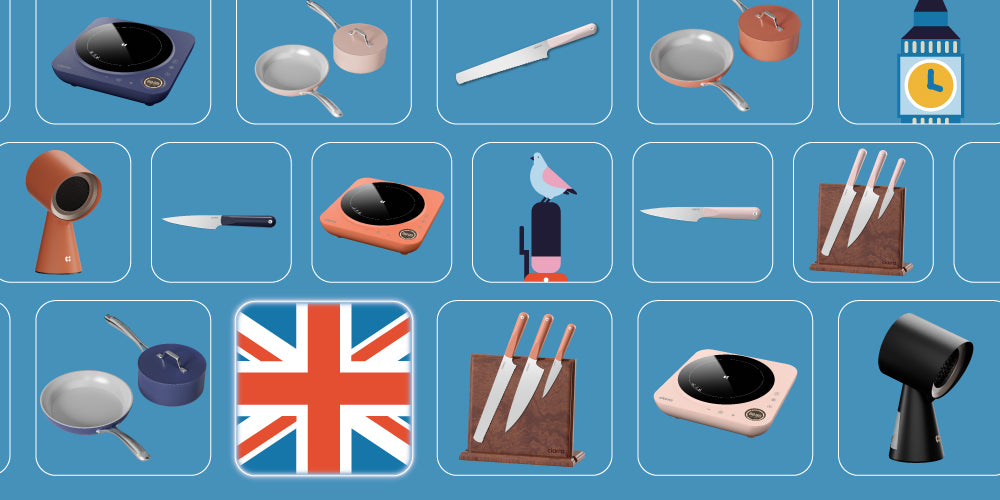
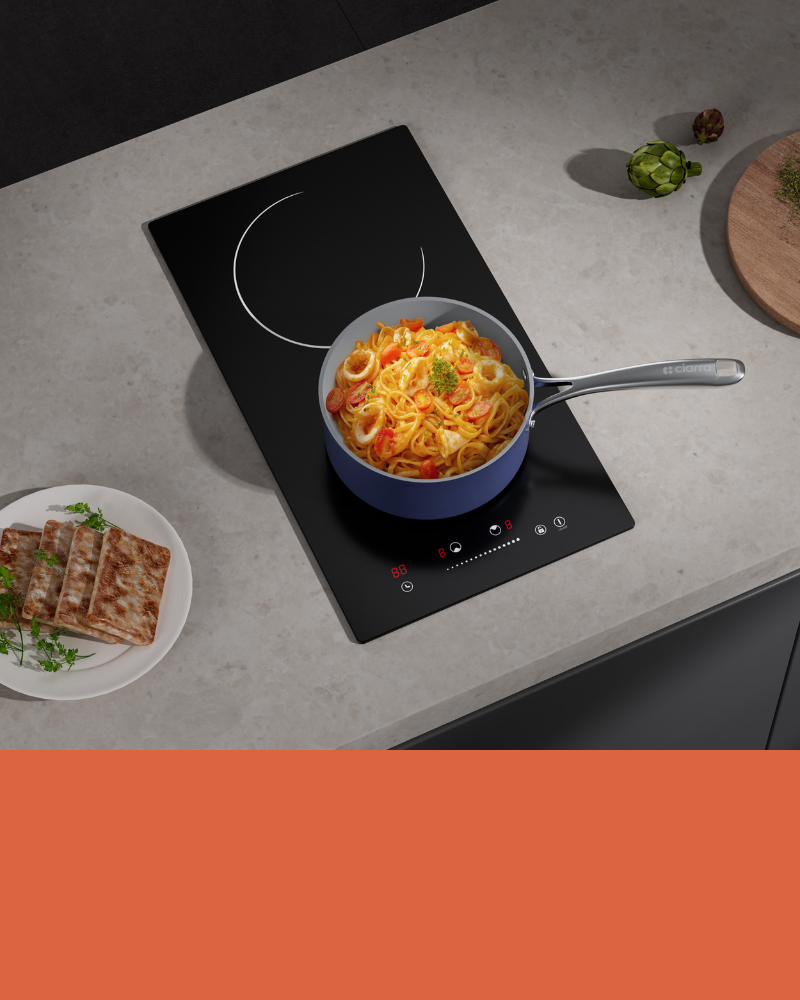



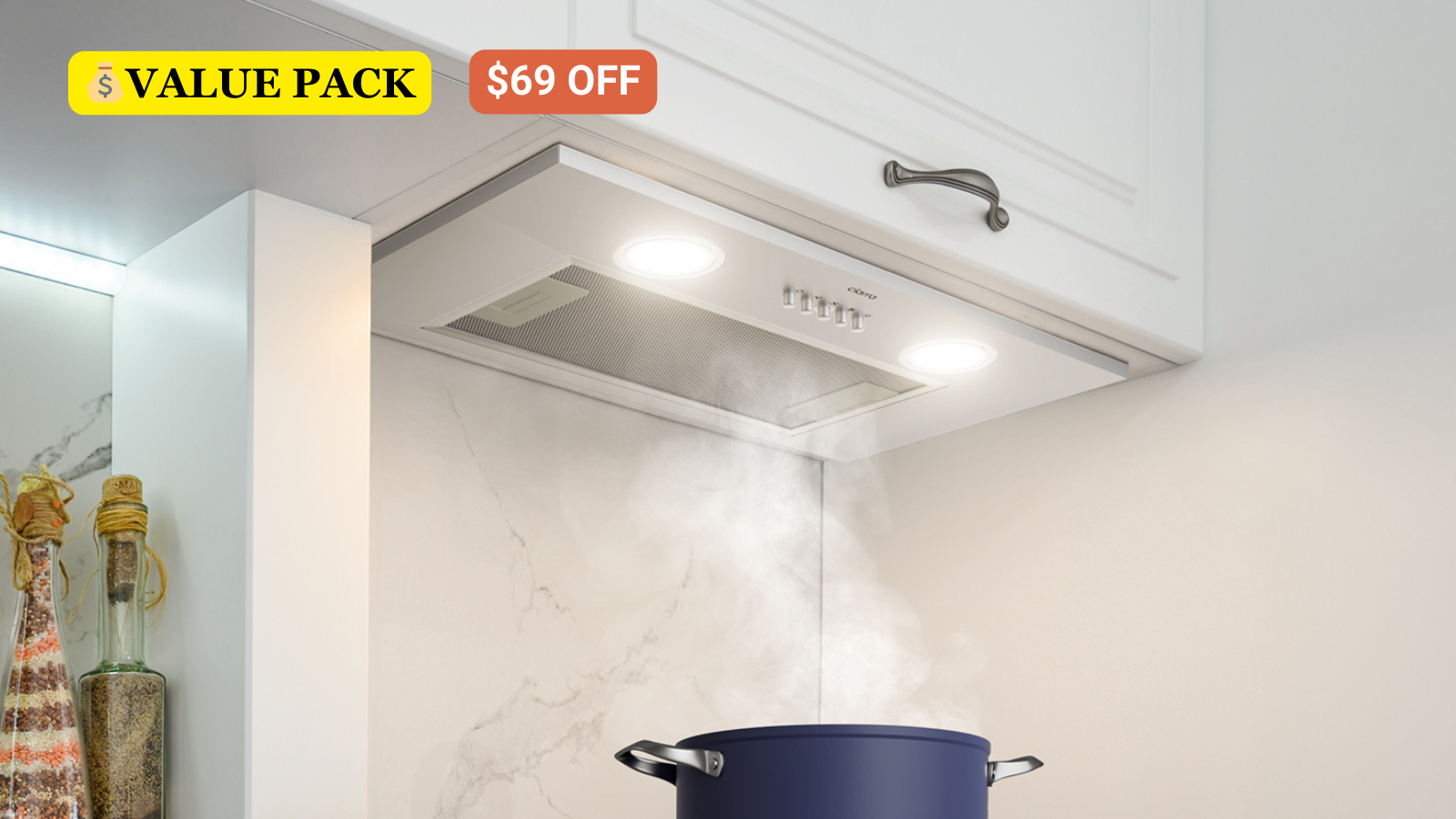
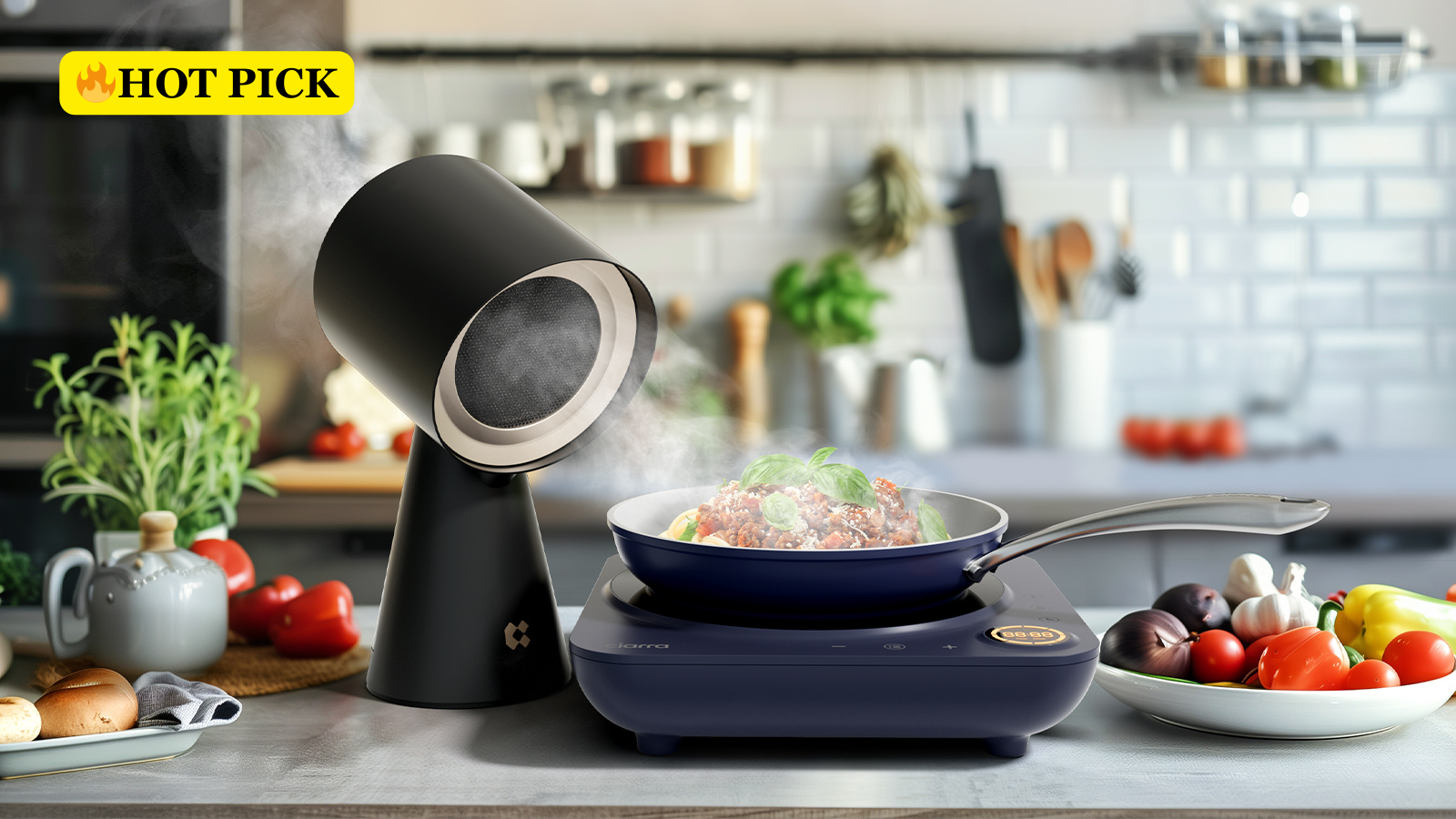
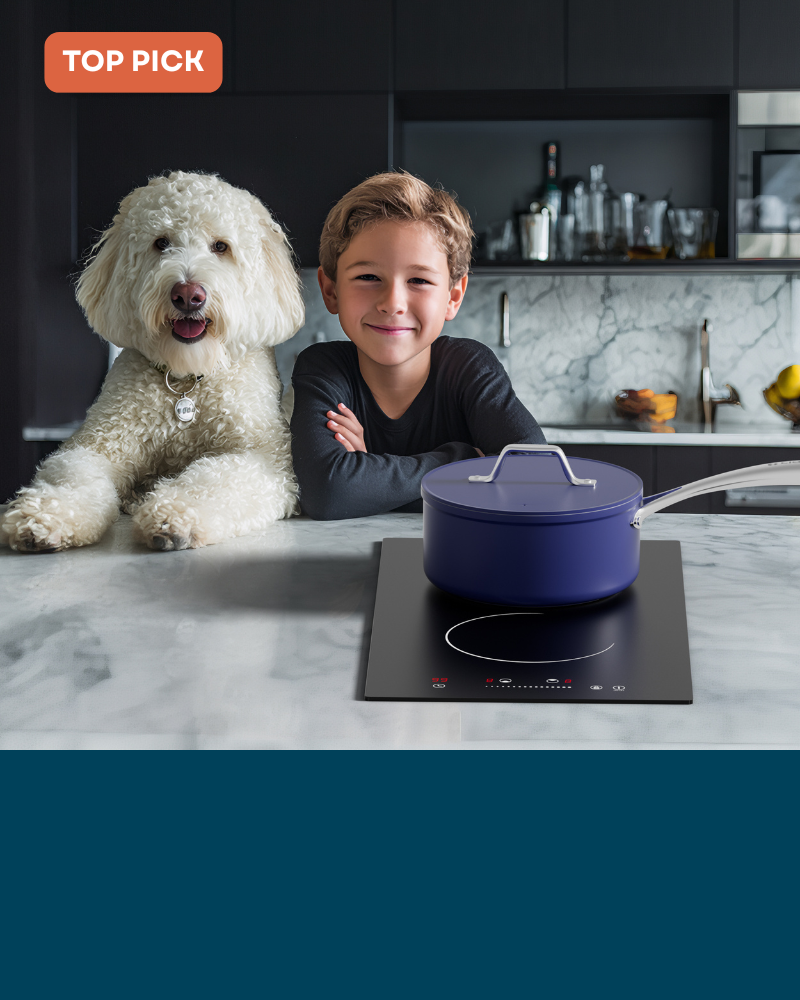
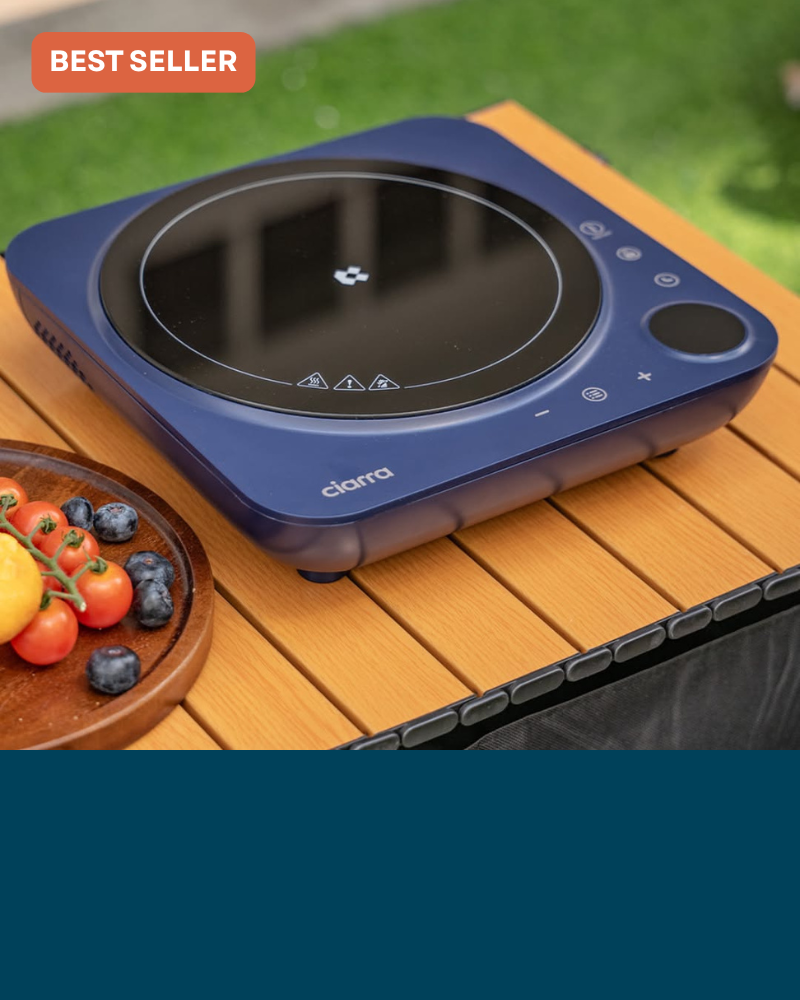
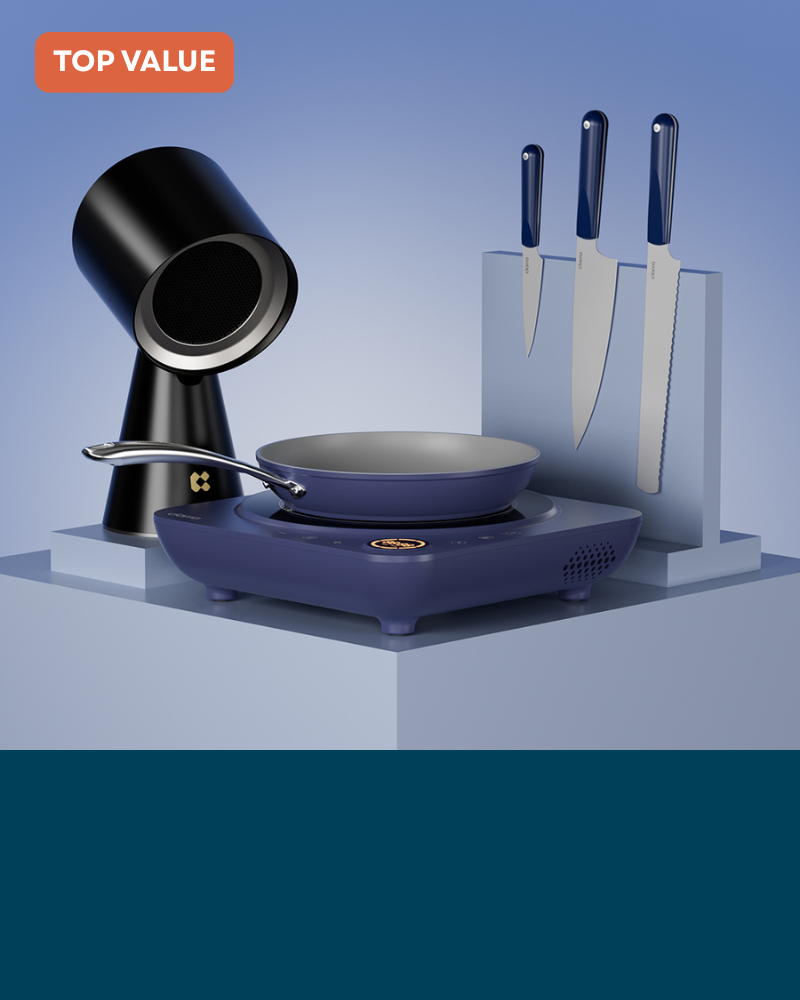
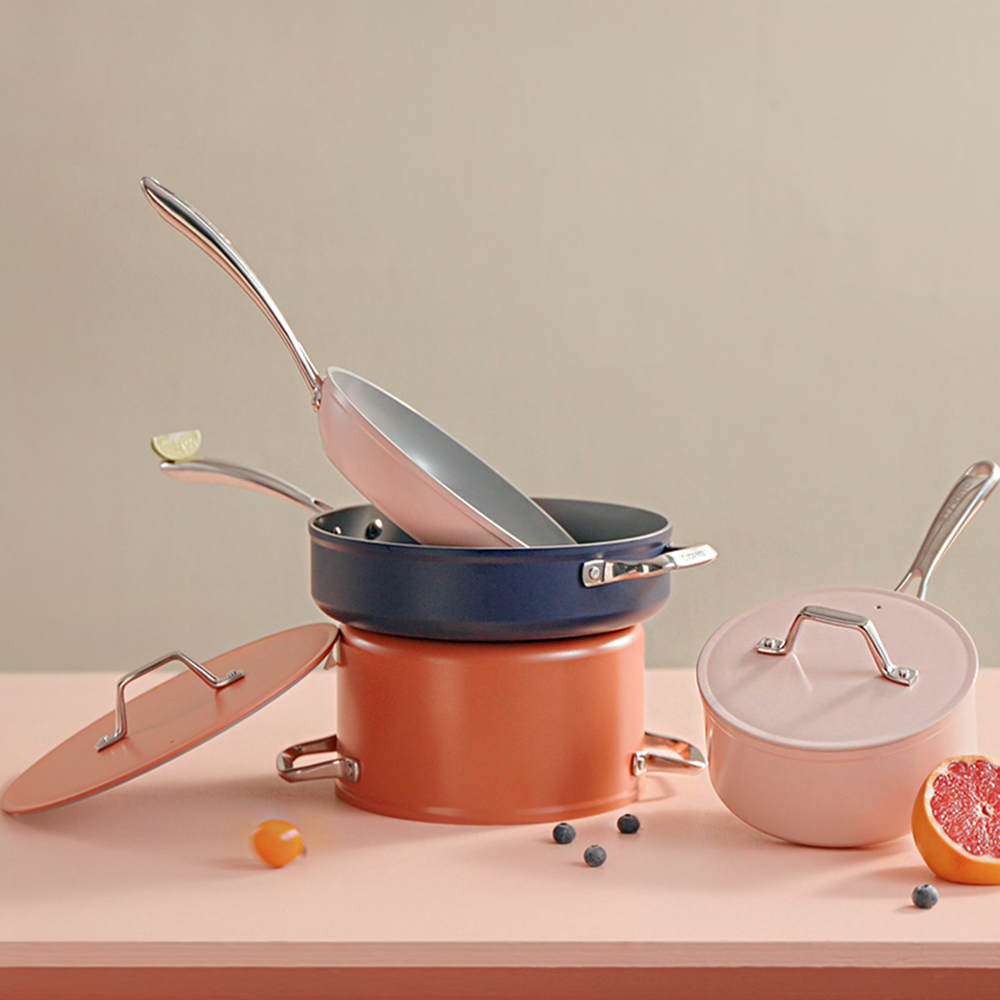
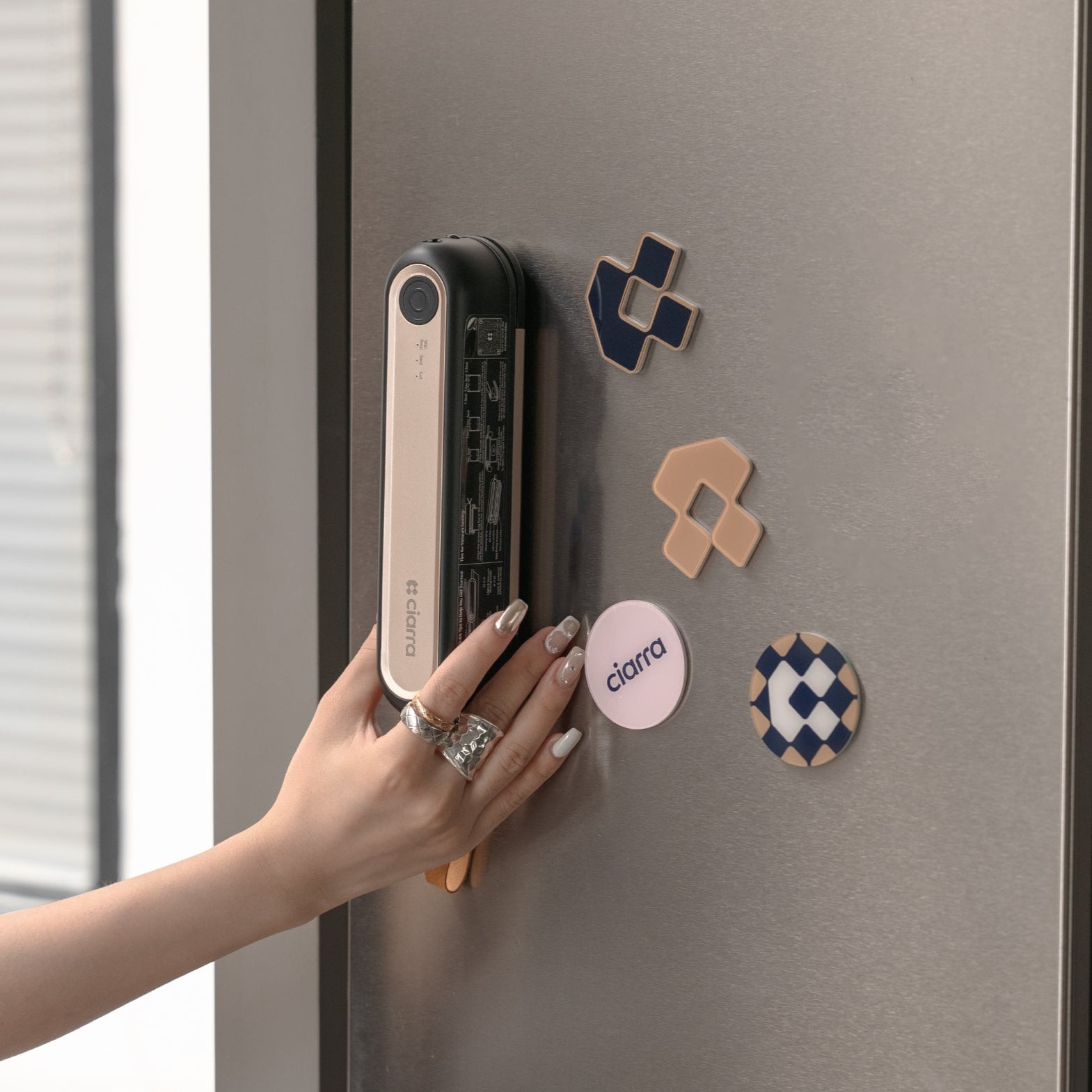
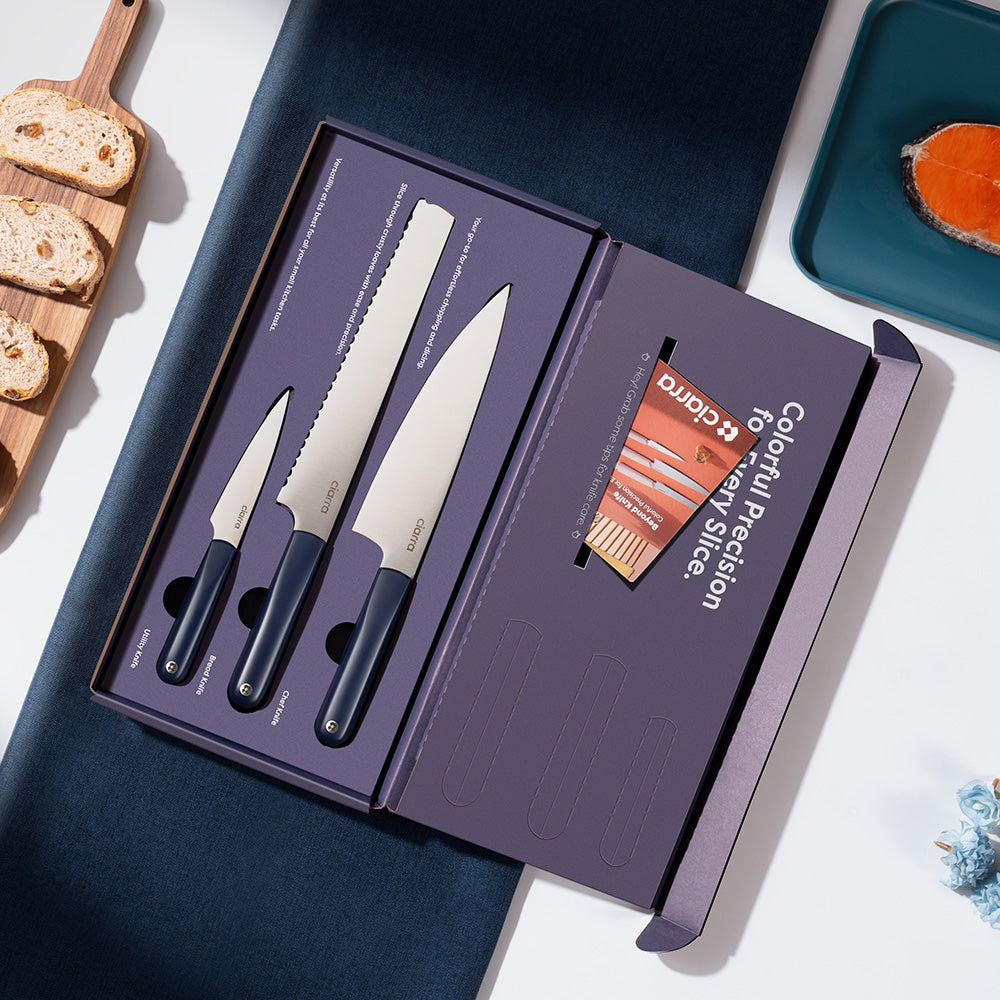

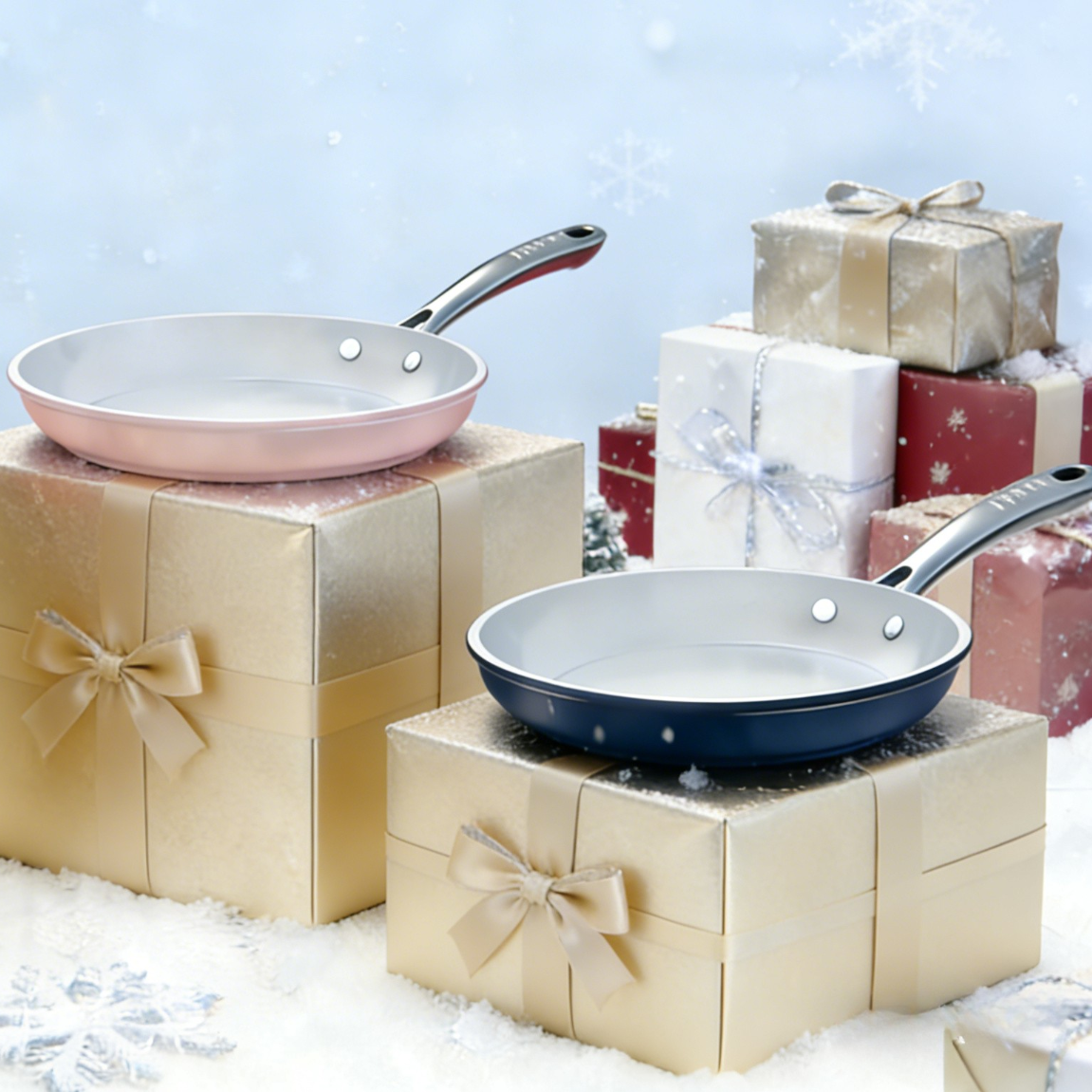
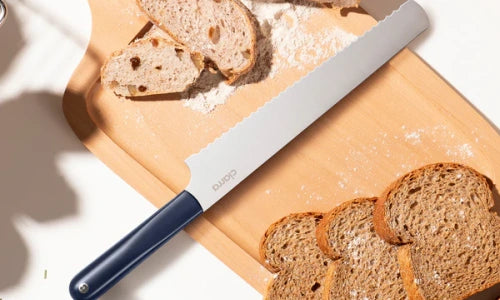
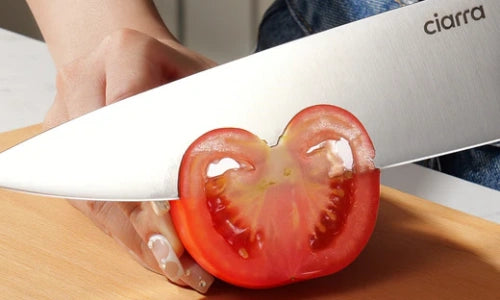
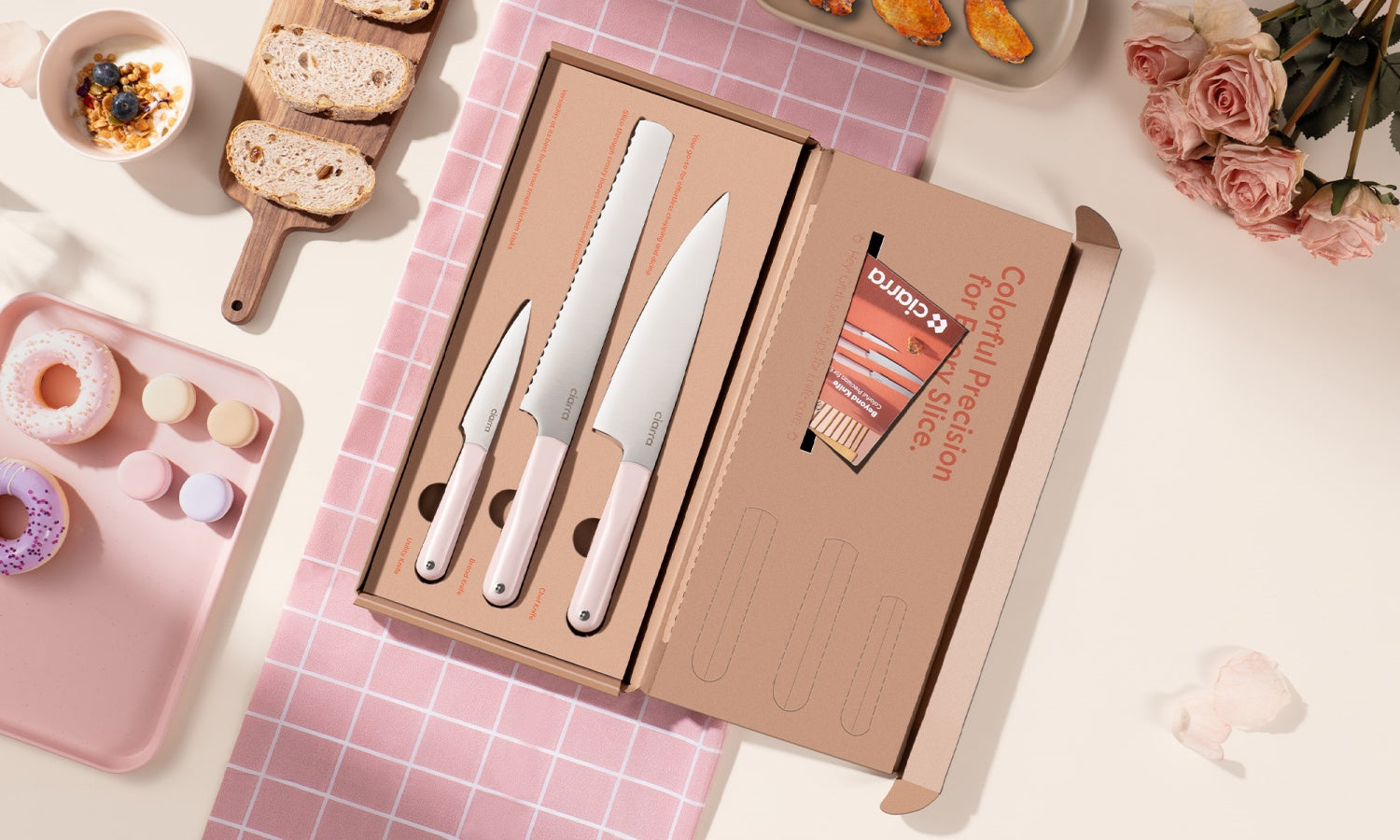
Leave a comment
All comments are moderated before being published.
This site is protected by hCaptcha and the hCaptcha Privacy Policy and Terms of Service apply.